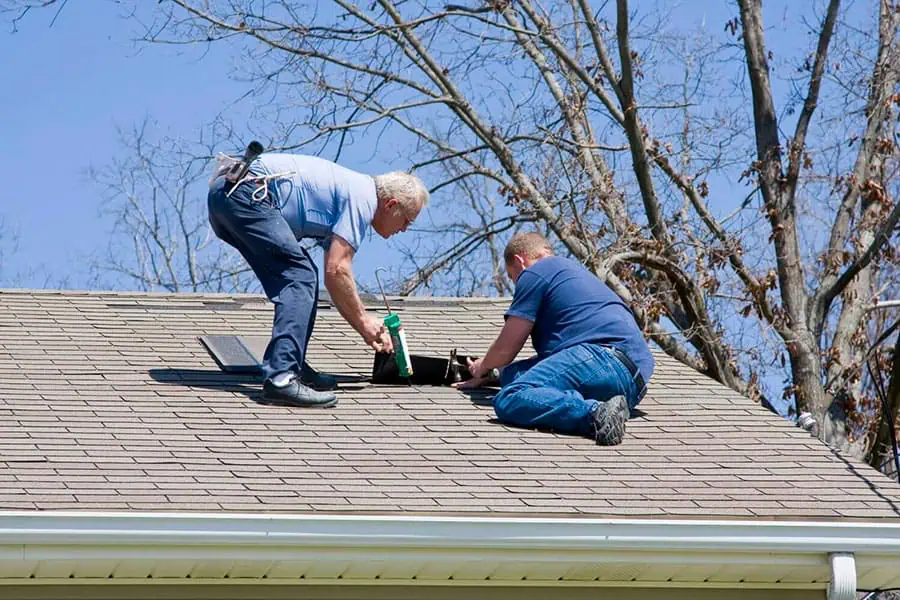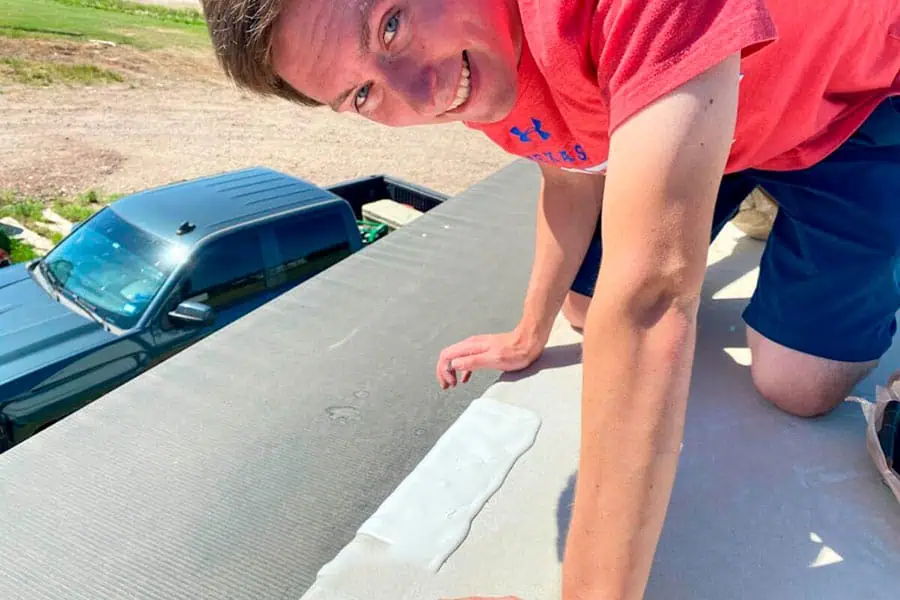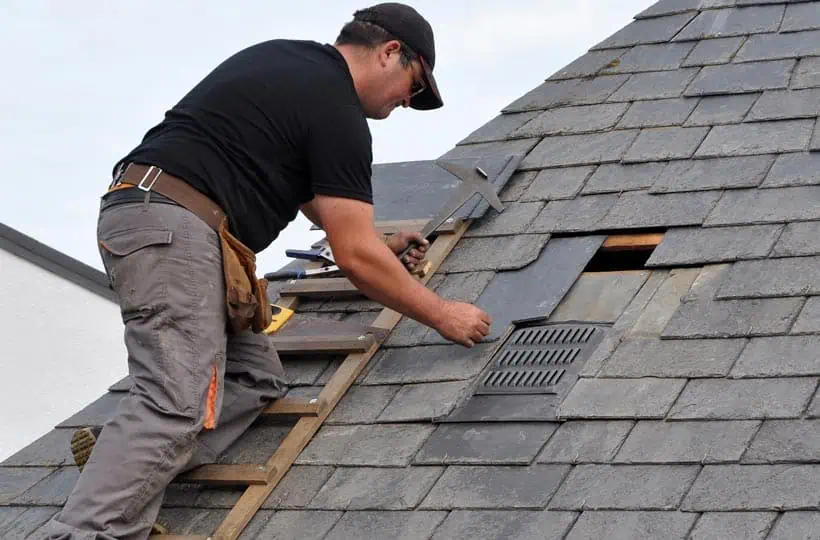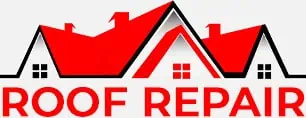DIY Roof Repair

Introduction
DIY roof repair refers to the practice of homeowners performing maintenance and minor repairs on their roofs without professional assistance. This approach can be cost-effective and empowering for homeowners, but it requires careful consideration of safety, skill level, and the extent of the damage.
Roof maintenance is a crucial aspect of home upkeep, as the roof protects the entire structure from weather elements. DIY roof repair can help homeowners address minor issues promptly, potentially preventing more significant damage and costly repairs in the future. However, it’s essential to understand the limitations of DIY repairs and recognize when professional help is necessary.
Safety Precautions
Safety should be the top priority when attempting DIY roof repairs. Essential safety measures include:
- Proper safety gear: Wear non-slip shoes, safety goggles, and a hard hat.
- Ladder safety: Ensure the ladder is stable and extends at least 3 feet above the roof edge.
- Weather considerations: Avoid working on the roof during wet, windy, or extremely hot conditions.

Common Roof Problems
Homeowners often encounter several common roof issues that may be suitable for DIY repairs:
- Leaks
- Missing or damaged shingles
- Flashing issues
- Gutter problems
Tools and Materials
Essential tools for DIY roof repair include:
- Roofing hammer
- Pry bar
- Utility knife
- Caulking gun
- Roofing nails
Common materials needed:
- Replacement shingles
- Roofing cement
- Flashing
- Sealant
Inspection and Assessment
Before attempting any repairs, conduct a thorough inspection of your roof:
- Examine the roof from the ground using binoculars.
- Check the attic for signs of water damage or light penetration.
- Identify the source of leaks by tracing water stains.
- Assess the extent of damage to determine if DIY repair is appropriate.
Basic DIY Roof Repair Techniques
Shingle Replacement
To replace damaged shingles:
- Carefully lift the edges of surrounding shingles.
- Remove the damaged shingle by prying out the nails.
- Slide the new shingle into place.
- Secure with roofing nails and seal edges with roofing cement.
Patching Small Leaks
For minor leaks:
- Clean the area around the leak.
- Apply roofing cement under the shingle.
- Press the shingle down and apply additional cement over the top.
Flashing Repair
To fix damaged flashing:
- Remove old caulk and nails.
- Replace the damaged section of flashing.
- Secure with roofing nails and seal with caulk.
Gutter Maintenance
Regular gutter maintenance includes:
- Removing debris from gutters and downspouts.
- Checking for proper slope and alignment.
- Sealing leaks with gutter sealant.
Advanced DIY Roof Repairs
More complex repairs may include:
- Repairing roof vents
- Fixing skylight leaks
- Addressing minor structural issues
These tasks often require more skill and experience, and homeowners should carefully assess their abilities before attempting them.

When to Call a Professional
Certain situations warrant professional assistance:
- Extensive water damage
- Sagging roof deck
- Multiple or large leaks
- Repairs requiring specialized equipment
Attempting complex repairs without proper knowledge can lead to further damage and safety risks.
Preventive Maintenance
Regular maintenance can prevent many roofing issues:
- Conduct bi-annual roof inspections
- Clear debris from the roof and gutters
- Trim overhanging tree branches
- Address minor issues promptly
Cost Considerations
While DIY repairs can save money, it’s important to weigh the potential risks:
- Material costs for DIY repairs are often lower than professional services.
- Improper repairs may lead to more extensive damage and higher long-term costs.
- Consider the value of your time and the potential for injury.
Legal and Insurance Considerations
Before undertaking DIY roof repairs, consider:
- Local building codes and permit requirements
- Potential impacts on home insurance coverage
- Warranty implications for existing roofing materials
Conclusion
DIY roof repair can be a valuable skill for homeowners, allowing for prompt attention to minor issues and potential cost savings. However, it’s crucial to prioritize safety, understand personal limitations, and recognize when professional help is necessary. Regular maintenance and timely repairs can significantly extend the life of a roof and protect the home from water damage.
